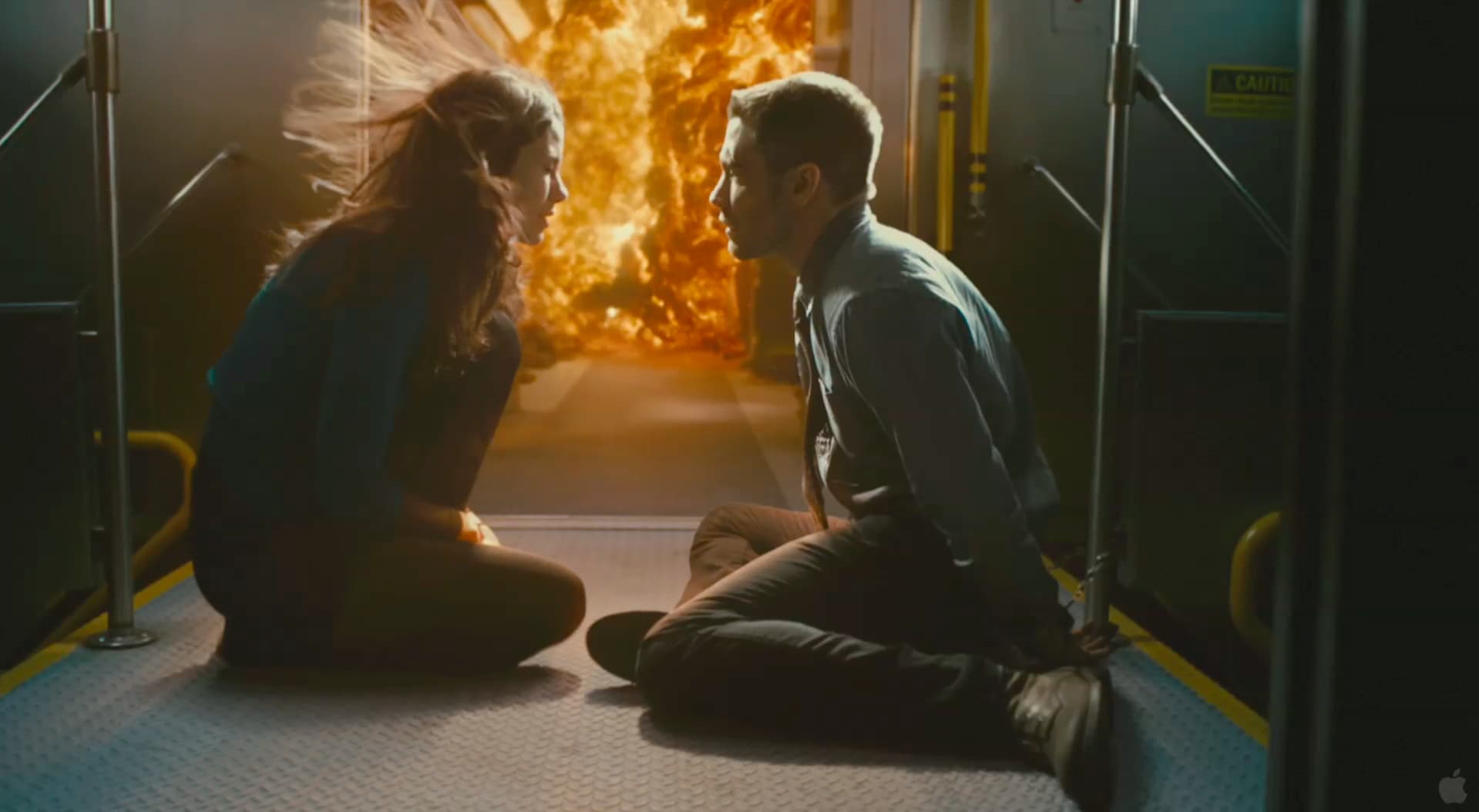Steven Spielberg’s Survivors of the Shoah Visual History Foundation is recording as many memories as possible from those who saw the tragedy with their own eyes. The ultimate goal is 50,000 recorded interviews. In The Last Days, five of the survivors and others tell their stories. It focuses on the last year of the war, when Adolf Hitler, already defeated and with exhausted resources, revealed the depths of his racial hatred by diverting men and supplies to the task of exterminating Hungarian Jews. At that late point, one of the witnesses in the film wonders, couldn’t the Nazis have just stopped? Use their resources where they were needed to fight the war? Even get some brownie points by putting an end to the death camps? No, because for a fanatic, this is a fixed idea, not a daily reality that takes hold of the mind. Apologists such as British historian David Irving, who argues that Hitler personally did not know many details of the Holocaust, find it difficult to explain why his military mind could have approved of using the dwindling resources of a bankrupt army to kill even more innocent civilians.
In Spielberg’s Schindler’s List, there is a famous shot of a little girl wearing a red coat (in a movie that is otherwise shot in black and white). Her coat acts as a marker, allowing us to follow the fate of one of the millions. “The Last Days, directed by James Moll, is to some extent about the red coats, about the handful of survivors and what happened to them.
One describes the Nazis’ cruelty to children and says: “That’s when I stopped talking to God.” The other, René Firestone, confronts the evasive Dr. Hans Munch, who was acquitted in war crimes trials; his defense was that he spared the lives of some prisoners by conducting harmless medical experiments on them. But Firestone believes that he is responsible for the death of her sister Clara, and when he becomes vague in his answers, she becomes angry.Anyone who worked in a death camp has a lot to be vague about.
There is another passage where a woman, now in her 70s, remembers the orders to the Hungarian Jews to pack their belongings for a train journey. She took with her a precious bathing suit that, like any teenage girl, she was looking forward to wearing to the pool, and as she describes the fate of this suit, herself, and her family, we hear a lifelong regret: In a moment, she was denied the silly, carefree time that a teenage girl deserves.
There is one final passage of joy that had the same emotional impact on me as the final scenes in Schindler’s List. During the movie, we met with the only Holocaust survivor elected to the U.S. Congress, U.S. Rep. Tom Lantos (D-California), whose wife is also a survivor. Both lost all members of their families. But they had two daughters who came to them with the promise of a gift: they would have many children. And then a shot of the Lantos family and their 17 grandchildren appears.
This scene provides a release after the horrific journey. The film contains footage of the survivors as they looked on the day the Allies liberated their camps – walking skeletons whose eyes seem to testify to the horror. And there are angry recollections of the aftermath in the movie. One witness, an American soldier, describes how he shot an unarmed German in cold blood after he was spat on. The movie doesn’t deal with the consequences of this, and since we can understand his anger, perhaps we would let him off the hook. But I think that the movie should have either left this memory or addressed it. The soldier made a mistake, for the same reason the Holocaust made a mistake. The Holocaust is the most tragic and deadly outbreak of the once useful and now dangerous human trait of tribalism, in which we are right and you are wrong because we are us and you are not. In recent years, the epidemic has been alive and well in Serbia, Africa, Cambodia, and Northern Ireland. Just the other day in Israel, Orthodox Jewish students booed and insulted visiting Reform rabbis hoping to pray at the Western Wall, and the New York Times reported that some of the attackers “shouted that the rabbis should ‘go back to Germany’ to be killed, one explained later.” Any belief that does not give others the right to believe in something else is based more on fear than faith.



